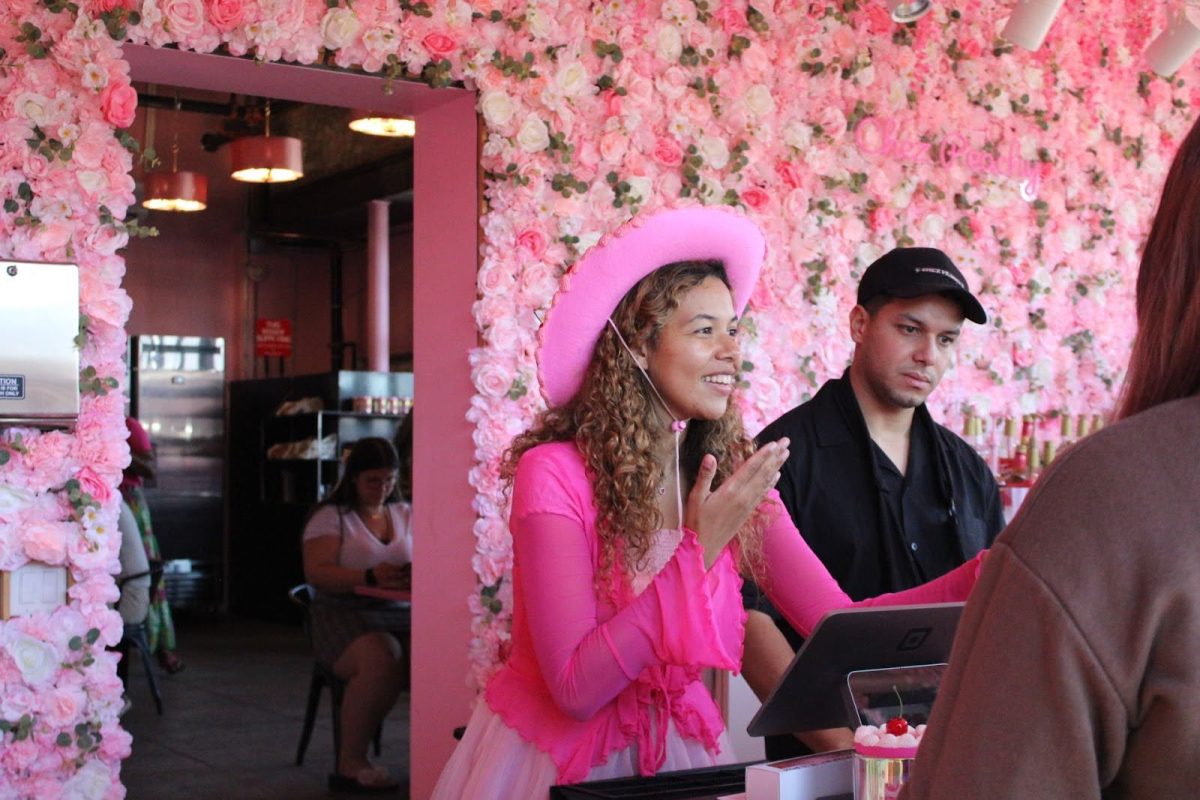UA officials said freshmen enrollment for Hispanics is about 24 percent, an all-time high. However, the impressiveness of this “feat” is debatable. Does that mean everyone with a Hispanic background? Including students who are Hispanic and another race? And is that such an incredible claim in a state where the largest minority population is Hispanic?
The UA application for admissions offers students the opportunity to put down more than one ethnicity, and it allows both race and ethnicity to be accounted for; a good thing in modern America.
New Oxford American Dictionary gives us these guidelines for ethnicity and race:
Ethnicity is belonging to a social group that has a common national or cultural tradition. The emphasis on national or cultural is important. It provides a distinction that ethnicity is not just something you are born with, but something you learn and absorb from an environment. Could a Caucasian child adopted by a Mexican-American family not identify with the Mexican culture?
Race is having distinct physical characteristics. It’s the genetic make up for physical characteristics and something one can’t change or learn. But if a student is part black, looks white, and checks both on the application, where is the student placed on the UA’s statistics?
America is a melting pot, but people keep trying to separate the ingredients and count, not realizing that they’ve already blended. One in seven new marriages are between two people of different races or ethnicities, according to data from 2008 and 2009 that was analyzed by the Pew Research Center. This trend is resulting in more biracial and multi-racial children. And as the population diversifies, the applicant pool is filled with more people of Hispanic origin. But the lack of other minorities in the freshmen class shows there is a problem with outreach.
Rick Kroc, associate vice provost of the Office of Institutional Research and Planning Support, told the Daily Wildcat that, “Even if we didn’t do anything differently, we’d probably have increases (in Hispanic students.)”
It’s the rate of the increase that is notably high, not what you hear in the speeches and emails.
The 2011 freshman class is the largest, meaning the school let in about 300 more freshmen this year than last. There are about 300 more Hispanic freshmen. The other ethnicities had slight increases, but none had more than 75 more students. Whites make up the majority of Arizona and almost 30 percent of Arizona’s population is Hispanic, according to 2010 U.S. Census data. American Indians, the next largest ethnicity, did not increase despite the larger class and African Americans, the fourth largest ethnicity in Arizona, has the fewest number of students in the freshman class.
The UA’s outreach programs do have a helping hand in getting some new Hispanic students into the university, and that’s commendable. However, the idea that it’s a grand accomplishment and should be praised is questionable. A full breakdown of freshmen racial selections should be offered before such a bold statement can be made.
Other information from the freshman application should be factored in. The primary language spoken at home, either parent having earned a bachelor’s degree or higher and Arizona residency should be analyzed.
The propaganda is that the UA is helping poor, first-time Hispanic students gain entry to college. But is that still the case for the majority of Hispanic freshmen? Native American, Asian and African American populations should be better targeted. Last semester Maria Moore, African American Student Affairs program director at the UA, told the Daily Wildcat that students are sometimes surprised there are non-athlete black students on campus.
As the UA, and Arizona, continue to focus on the Hispanic population, the biggest minority population in the state, the other ethnic groups are lost in the wayside. Asian Americans make up 8.5 percent of the incoming class, but less than 3 percent of Arizona’s population. American Indians make up around 2.7 percent of the freshman class, but are more than 4.6 percent of Arizona’s population.
If the higher Hispanic enrollment is mostly a result of interracial marriages and population growth, then we should celebrate that the color lines that separated Americans for years are being blurred and love is superseding social segregation, not praise outreach programs swimming with the tide.
Outreach and college preparatory programs should continue. But they should be broadened to include a stronger focus on non-Hispanic potential students. While the diversity numbers are impressive, the UA’s reporting of only single races attributed to students is antiquated. Biracial and mixed racial students should be represented, not forced into a single label, with their other heritage ignored.
_— Michelle A. Monroe is a journalism senior. She can be reached at _
letters@wildcat.arizona.edu.








